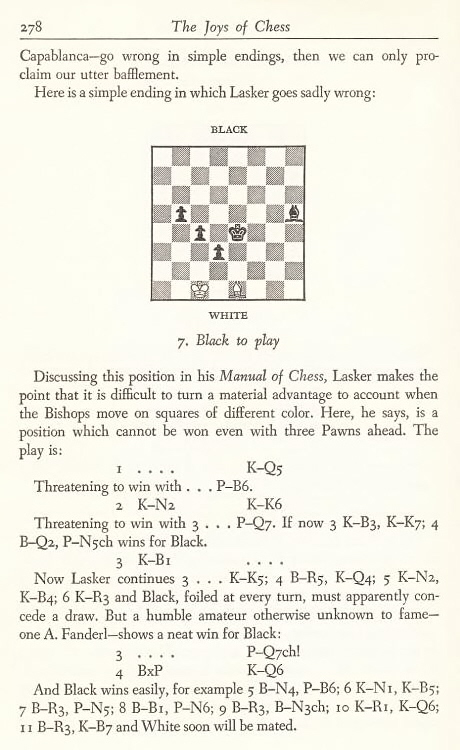
Edward Winter
Our article A Pawn Ending Mystery refers to page 279 of The Joys of Chess by Fred Reinfeld (New York, 1961), where a chapter entitled ‘Boners of the Masters’ discussed an alleged mistake by Capablanca in Chess Fundamentals.
By way of introduction, on pages 277-278 Reinfeld wrote:
‘When superb masters of the endgame – such outstanding men as Lasker and Capablanca – go wrong in simple endings, then we can only proclaim our utter bafflement.’
He then wrote about ‘a simple ending in which Lasker goes sadly wrong’:

In passing, mention may be made of the notational error 11 B-R3 in the final line.
As with the Capablanca position, matters are far more complicated than Reinfeld indicated. Firstly, we have found no edition of the Manual of Chess in which Lasker gave the position shown by Reinfeld. There was, however, a very similar position (no black pawn on b5):
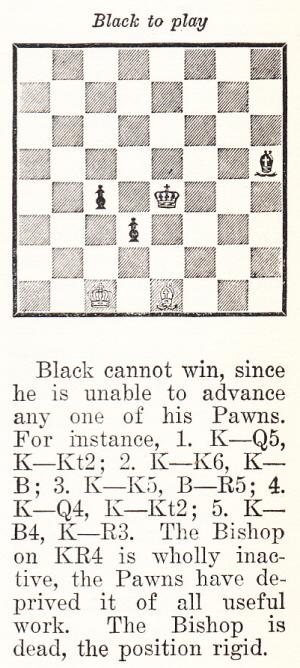
Lasker’s Manual of Chess (New York, 1927), page 258
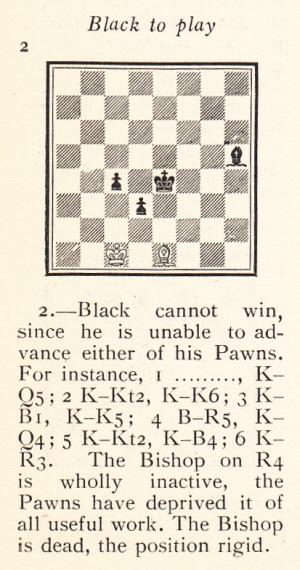
Lasker’s Manual of Chess (London, 1932), page 232, as well as the edition revised by Reinfeld (Philadelphia, 1947)
It will be noted that the text varies: the original 1927 edition’s ungrammatical wording ‘any one of his Pawns’ was amended to ‘either of his Pawns’ in the 1932 edition. Analytically, however, what Lasker wrote was correct.
The Manual was a translation/adaptation of Lehrbuch des Schachspiels, first published in Berlin in 1926 and with, it seems, a total of eight editions by 1928. We do not have them all, but the following sample pages show that a position with three black pawns did appear. Subsequently, the b5 pawn was removed, and the text was amended (with a mention of 3...d2+ in case Black had three pawns):
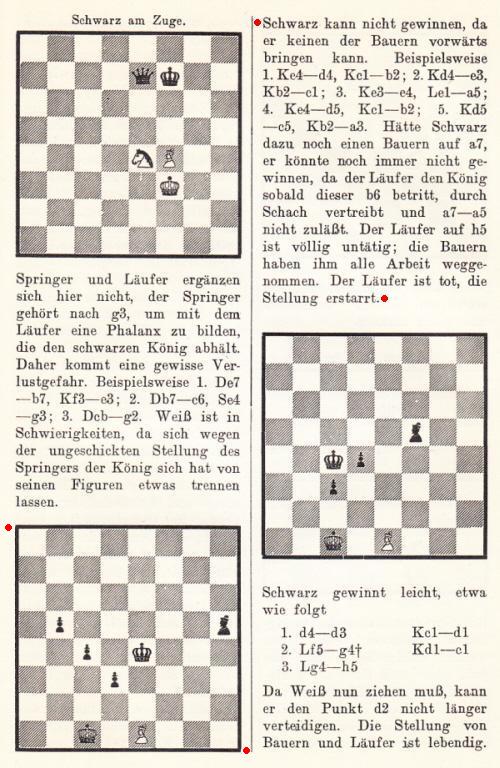
Three pawns: page 199 of Lehrbuch des Schachspiels, third edition (Berlin, 1926)
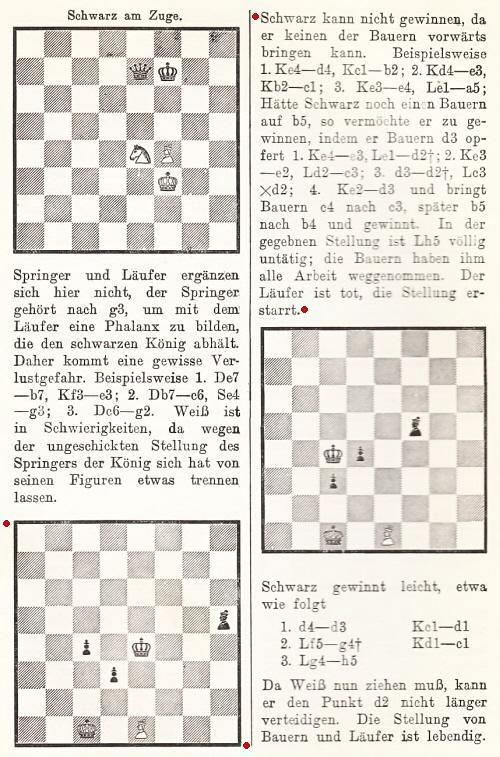
Two pawns: page 203 of Lehrbuch
des Schachspiels, sixth edition
(‘sechste durchgesehene und vermehrte Auflage’) (Berlin,
1928)
The three-pawn position was discussed by Walter Korn in Chess Review, May 1965, page 143:

It will be appreciated if a reader can provide the items in Caissa (1950) and L’Echiquier de Paris (1951), as well as any other information about A. Fanderl (described by Reinfeld in The Joys of Chess as ‘a humble amateur otherwise unknown to fame’).
Below is an extract (pages 507-509) from Nouveau traité complet d’échecs. La fin de partie by André Chéron (Lille, 1952):
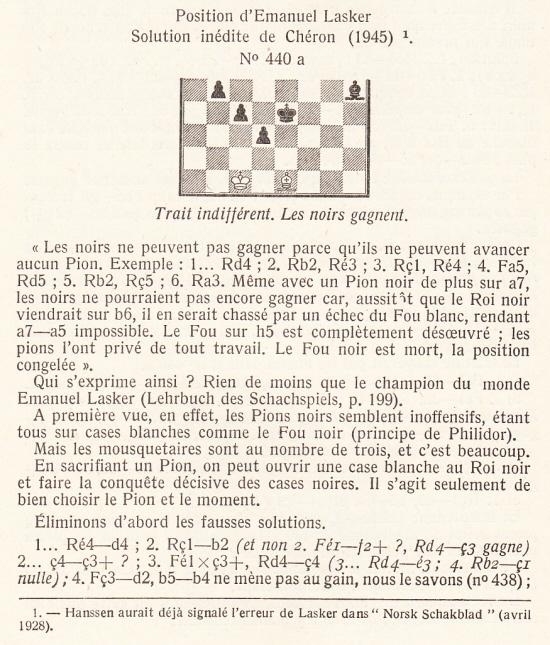
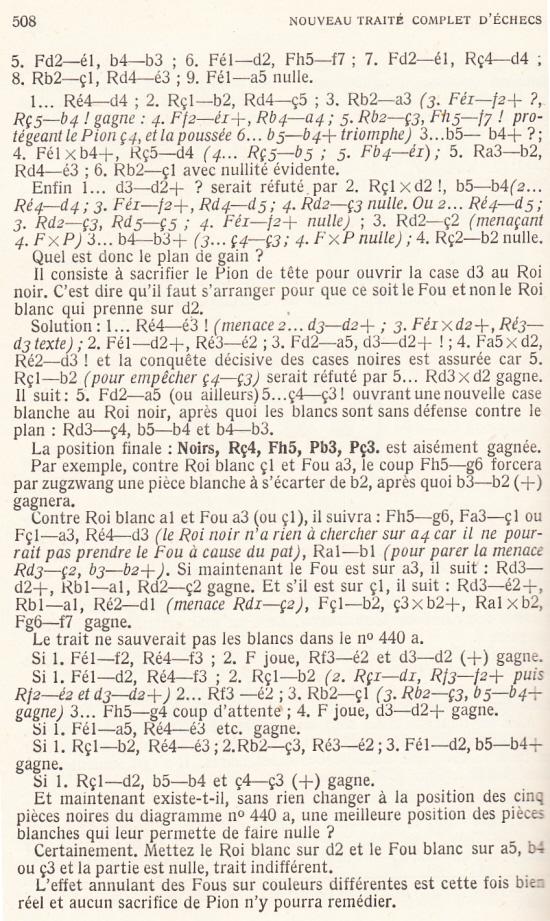
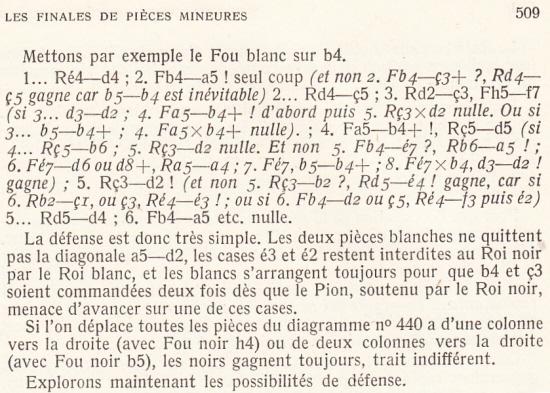
Finally, we add, courtesy of the Cleveland Public Library, the article by Lars Hanssen in Norsk Schakblad which was mentioned by Chéron in the footnote on page 507:
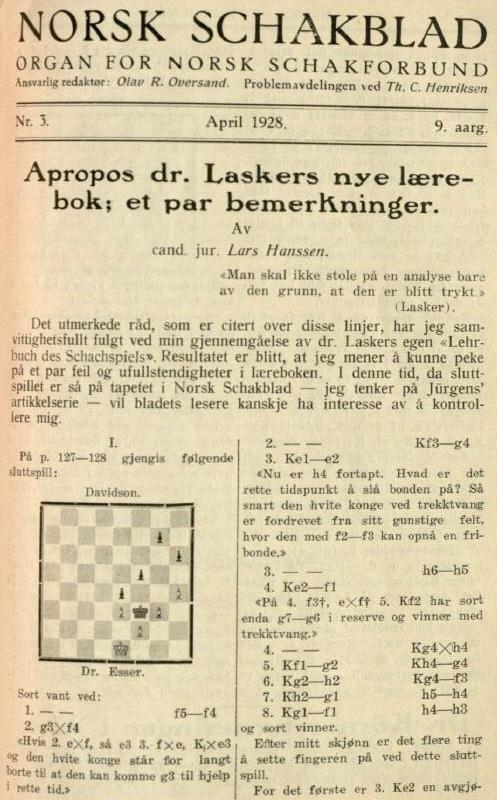
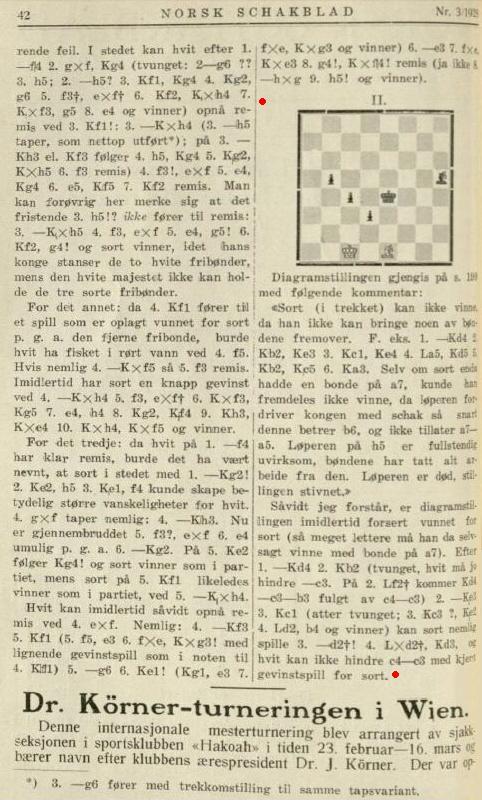
Loose ends currently remain, and it cannot be said when Lasker realized that he was mistaken about the position with three black pawns. As shown above, a correction had already been made (in the New York, 1927 edition of the Manual) before Hanssen wrote about the position in the Norwegian magazine.
(8422)
Luc Winants (Boirs, Belgium) has supplied the requested article in L’Echiquier de Paris, published on pages 42-43 of the March-April 1951 issue. It will be noted that the Lasker and Capablanca endings were both given, and that the remainder of the article contained sharp criticism of Reuben Fine’s Basic Chess Endings.
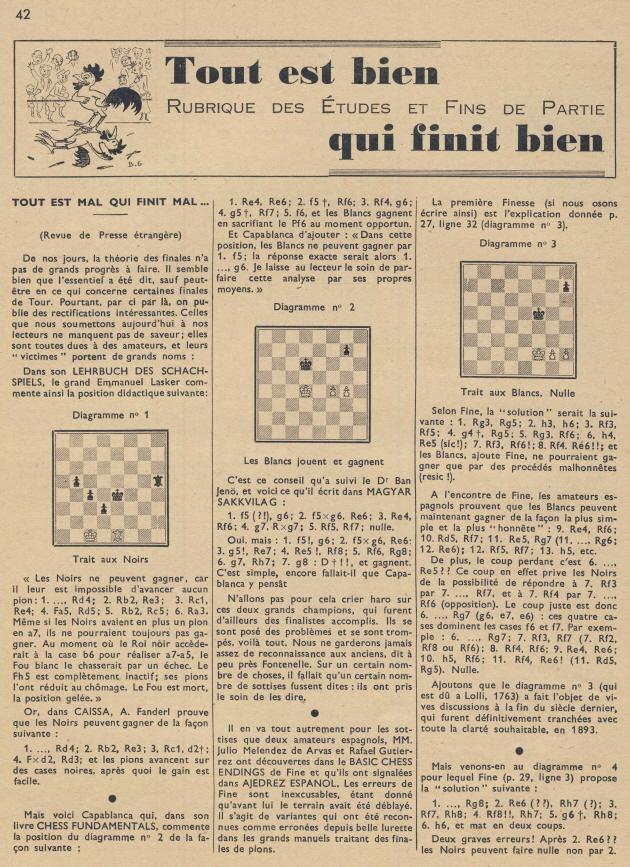
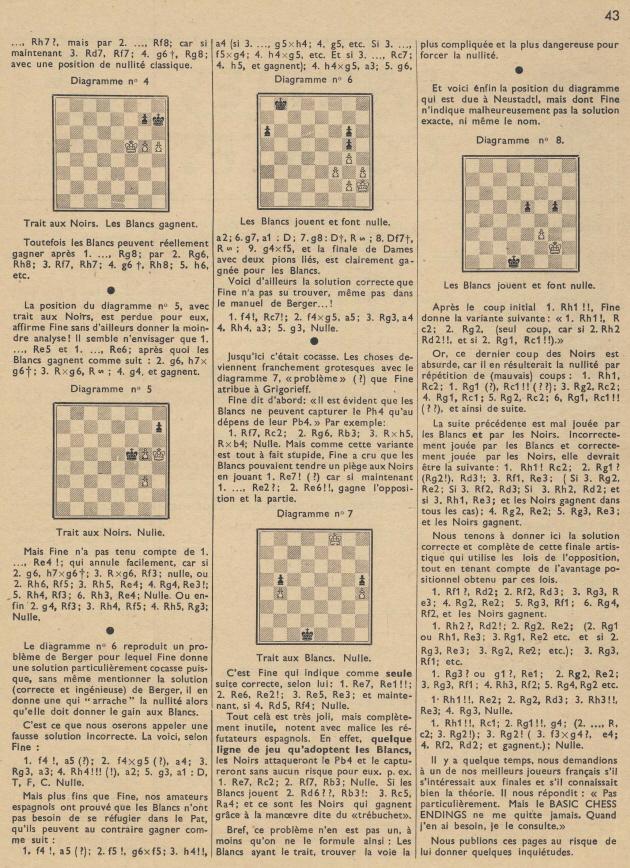
(8426)
Alan McGowan (Waterloo, Canada) has forwarded the brief article by A. Fanderl which was published on page 133 of the 1 May 1950 issue of Fritz Barkhuis’s periodical Caïssa:
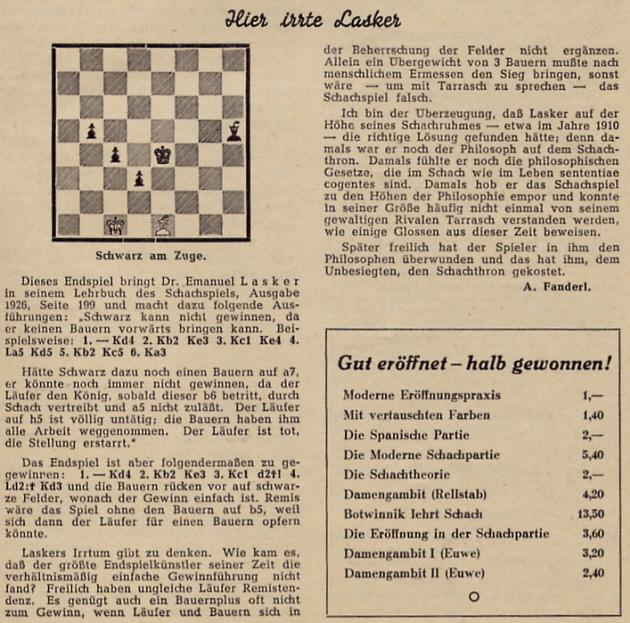
Our correspondent has found no other references to Fanderl, whose ‘discovery’, in any case, was not new.
(8429)
As discussed on page 42 of volume three of the Lasker series, by Richard Forster, Michael Negele and Raj Tischbierek (Berlin, 2022), the German publisher of the Lehrbuch did not implement the corrections made by Lasker on the manuscript. Consequently, it is quite possible that Lasker knew already in 1925 that the position was won for Black with a pawn on b5.
To the Archives
for other feature articles.
Copyright Edward Winter. All rights reserved.